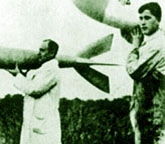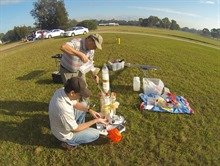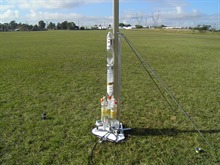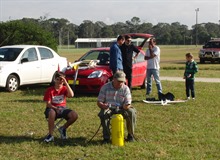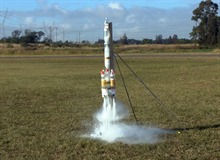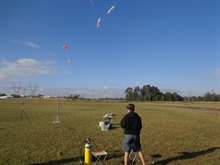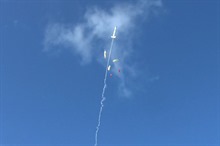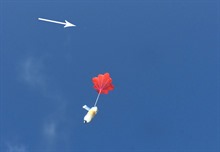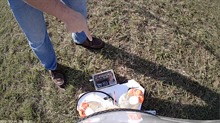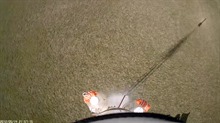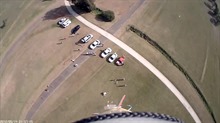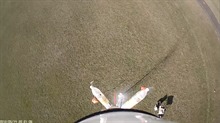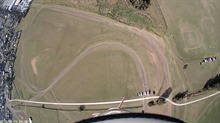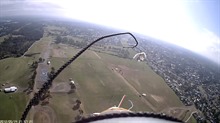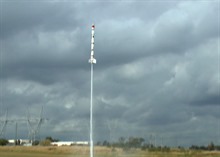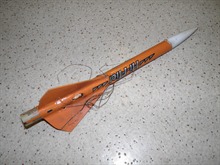 |
 |
|
|
last updated: 9th November 2024 - Day 236 - Launch Tubes #2 |
|
|
|
Splicing Bottles AS#5 |
|
#235 - Coming Soon |
|
#234 - Coming Soon |
|
#233 - Coming Soon |
|
#232 - Coming Soon |
|
#196 - Coming Soon |
|
#193 - Coming Soon |
|
#172 - Coming Soon |
|
|
| FLIGHT LOG | |||||||||||||||||||||||||||||||||||||||||||||||||||||||||||||||||||||||||||||||||||||||||||||||||||||||||||||
|---|---|---|---|---|---|---|---|---|---|---|---|---|---|---|---|---|---|---|---|---|---|---|---|---|---|---|---|---|---|---|---|---|---|---|---|---|---|---|---|---|---|---|---|---|---|---|---|---|---|---|---|---|---|---|---|---|---|---|---|---|---|---|---|---|---|---|---|---|---|---|---|---|---|---|---|---|---|---|---|---|---|---|---|---|---|---|---|---|---|---|---|---|---|---|---|---|---|---|---|---|---|---|---|---|---|---|---|---|---|
|
|||||||||||||||||||||||||||||||||||||||||||||||||||||||||||||||||||||||||||||||||||||||||||||||||||||||||||||
| Day 146 - G2 Launcher Test Flights | |||||||||||||||||||||||||||||||||||||||||||||||||||||||||||||||||||||||||||||||||||||||||||||||||||||||||||||
|
Date:
31st May 2014 Location: Whalan Reserve, NSW, Australia Conditions: Mostly sunny, light winds calm-5km/h 20C Team Members at Event: PK, GK, and John K. Today we wanted to test the G2 launcher with a smaller rocket to see how well the release synchronization works with the boosters tied to the main stage. Although we had the synchronization done from last time, we dialled back the timing on the main stage by another 2ms just to make sure it would be released after all the boosters. We figured that potentially putting a big load on the central nozzle and having a failure there was more desirable than one of the boosters leaving too late and releasing a rocket with asymmetric thrust. For the first launch we decided to only pressurise the rocket and boosters to 105psi just to reduce the loads a little. We used 1L of water in each of the boosters, and 1.5L of water and foam in the main stage. The main stage nozzle was fitted with a 9mm insert while the boosters used 15.9mm nozzles.
The launch went well and all the boosters remained attached to the main stage through their boost. They separated on burnout and parachuted safely back to Earth. The main stage flew to 506 feet (154m) and landed safely. We repeated the launch again but this time at 120psi. Again the boosters released correctly on burnout and landed under parachute. This time the main stage flew to 575' (175m). This rocket is about 80 grams heavier (632g total) than the normal Axion II due to the booster ring brace, nozzle and thrust ring. The thrust ring was made by gluing two sleeves of PET onto the bottle with PL premium. The booster ring brace transfers all the energy from the boosters into the main stage. For the third flight we pressurised the rocket to 115psi. Again the rocket flew well with clean booster separation. The rocket and boosters landed safely from an altitude of 559 feet (170m). The last launch of the day was our regular Axion II rocket just for fun. The rocket flew well with foam to 467 feet (142m). On the way down the shock cord wrapped itself around one of the fins and the rocket came down slowly but nose first. The nosecone fairing suffered a bit of damage, but the deployment mechanism was fine, and will fly again. Lessons Learned
Here is a highlight video from the day: Rocket FoundAfter spending some more time looking for John's rocket, we finally found it stuck in the grass. There was no obvious reason that we could see why the rocket spun out of control. We suspect it may have been the igniter plug getting caught by the motor retaining clip. With the rocket buried in the ground the ejection charge fired which caused it to push the motor backward and the motor retainer clip ripped a hole in the side of the body, which was fortunate because it let the ejection charge gasses out through the newly created hole. This rocket has now been retired.
Flight Details
|
